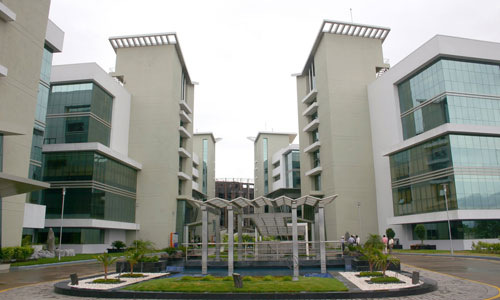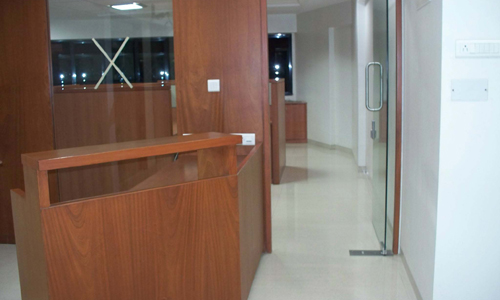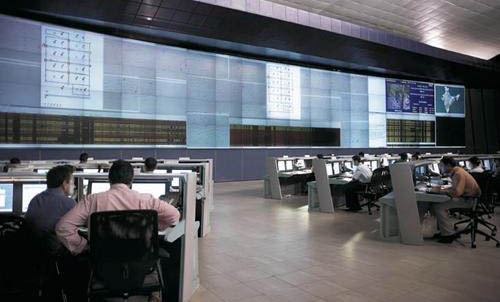
Mumbai real estate market – 2012 forecast
With the market set to bottom by out by the second quarter of 2012, we will see the beginning of a recovery in the city’s residential real estate fortunes by the second half of the year.

With the market set to bottom by out by the second quarter of 2012, we will see the beginning of a recovery in the city’s residential real estate fortunes by the second half of the year.

Indian commercial property market has lost momentum in Q3 with the capital values turning negative for the first time since 2009.

Jones Lang LaSalle has launched a separate office in Andheri, Mumbai’s burgeoning commercial district.

The Mumbai commercial property market has displayed resilience in the recent past.

Real estate stock of office premises in Mumbai has been going through a slump for the last 14 financial quarters.

It’s not just the residential real estate market in Mumbai that is going through a slump, the commercial office segment, too, is reeling under a slowdown.

Mumbai is the financial capital of the country. While it is still a far cry from being comparable to Shanghai in terms of aesthetics and infrastructure, the fact remains that most large corporations and financial institutions have their presence in this city.

In the post-pandemic era, demand recovery in the office market has been swift, following a steep ‘V-shaped’ recovery trajectory. After subdued demand in 2020 & 2021, leasing activity had fully bounced back by 2022. In fact, since 2022, each year has been witnessing new all-time-high Grade A office space uptake at India level. With strong, consistent demand, average rentals have also surpassed the pre-pandemic levels (2019) across all the six major office markets for the first time in 2024. The rental recovery in the Indian office market, albeit relatively slower than the demand recovery trajectory has finally been fully complete, thus forming an elongated ‘U-shaped’ pattern.

Engineering & manufacturing and BFSI occupiers to cumulatively account for ~40% of demand during 2025-27. Repositioning of GCCs as knowledge & innovation hubs will drive ~40% of annual office space demand. Bengaluru dominates demand across most sectors; Hyderabad, Chennai & Pune to gain ground. BFSI occupiers to prefer premium developments, while engineering & manufacturing occupiers are likely to remain cost conscious while expanding real estate.

Mumbai and Pune together accounted for 63% of the total absorption in H1 2024, followed by southern cities (Bengaluru, Chennai and Hyderabad) at 29%. Mumbai’s share saw an increase from 25% in H1 2023 to 41% in H1 2024, the growth can be attributed to an increase in demand for grade-A warehouses in areas such as Bhiwandi, Panvel, Uran, Taloja, and Ambernath. NCR witnessed a significant decline in its share from 31% to 6% in the same period. Furthermore, Chennai reported absorption of 1.5 Mn sq ft in H1 2024, registering an increase of 191% over H1 2023 due to the low base effect.
